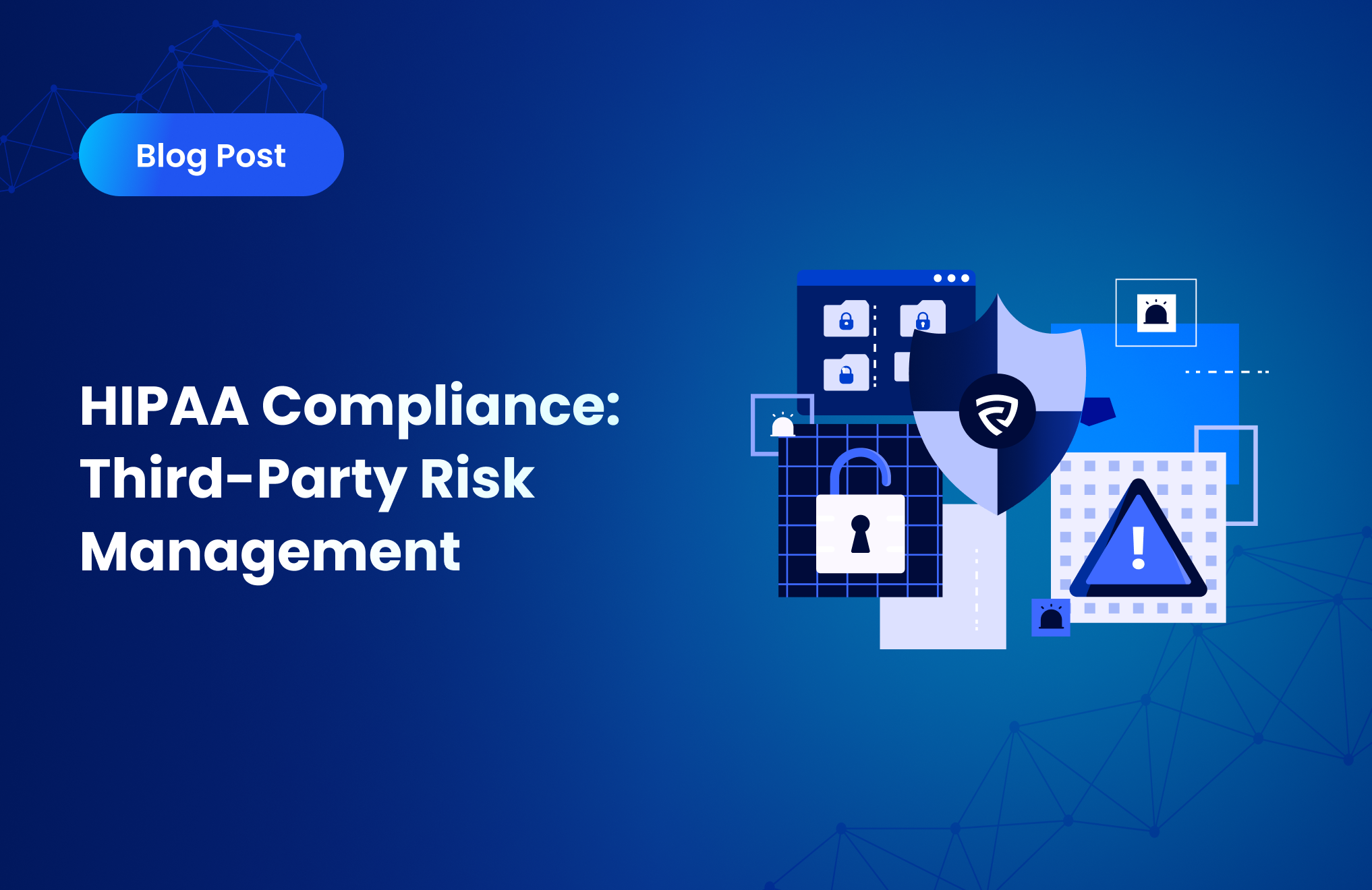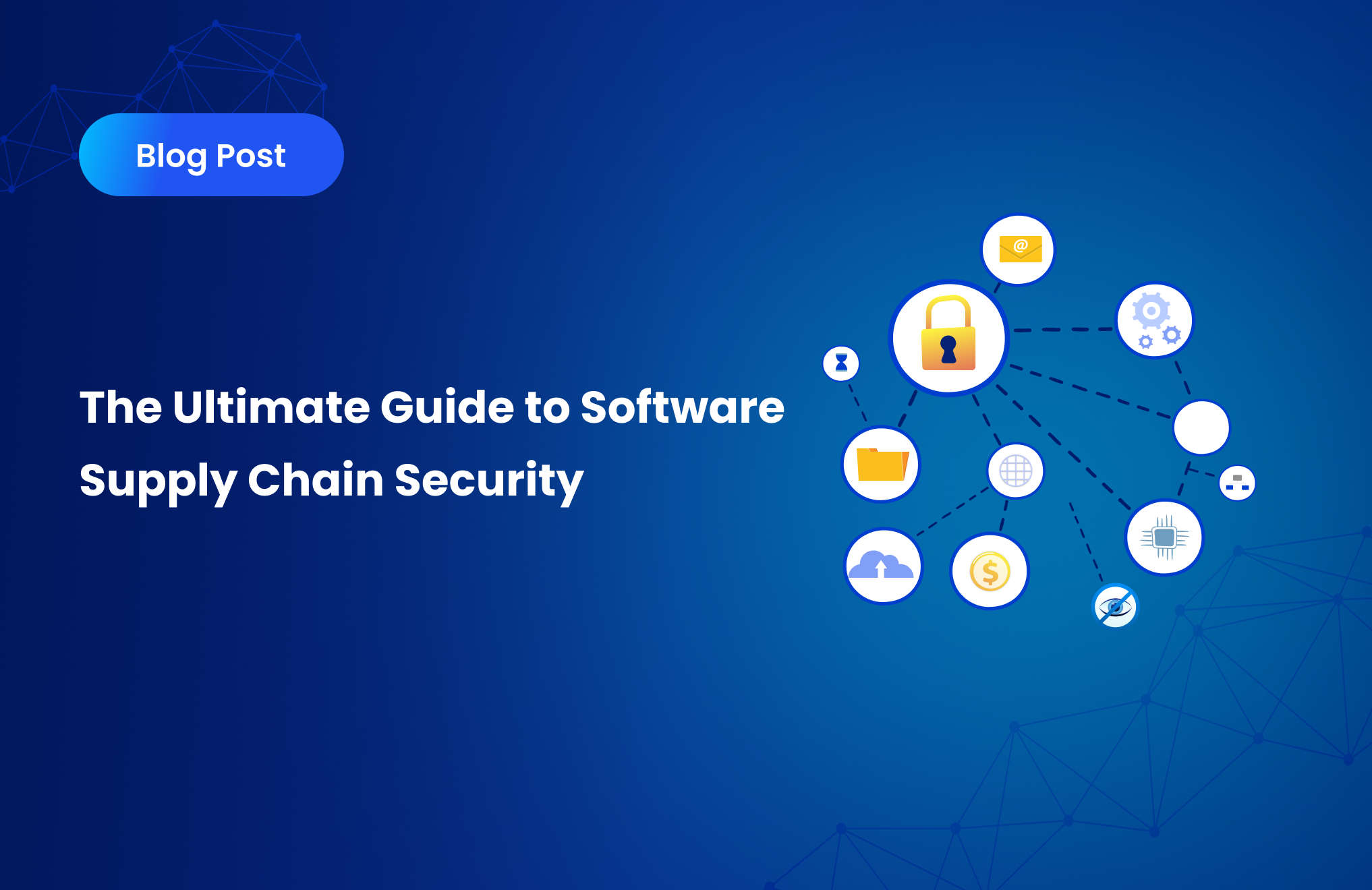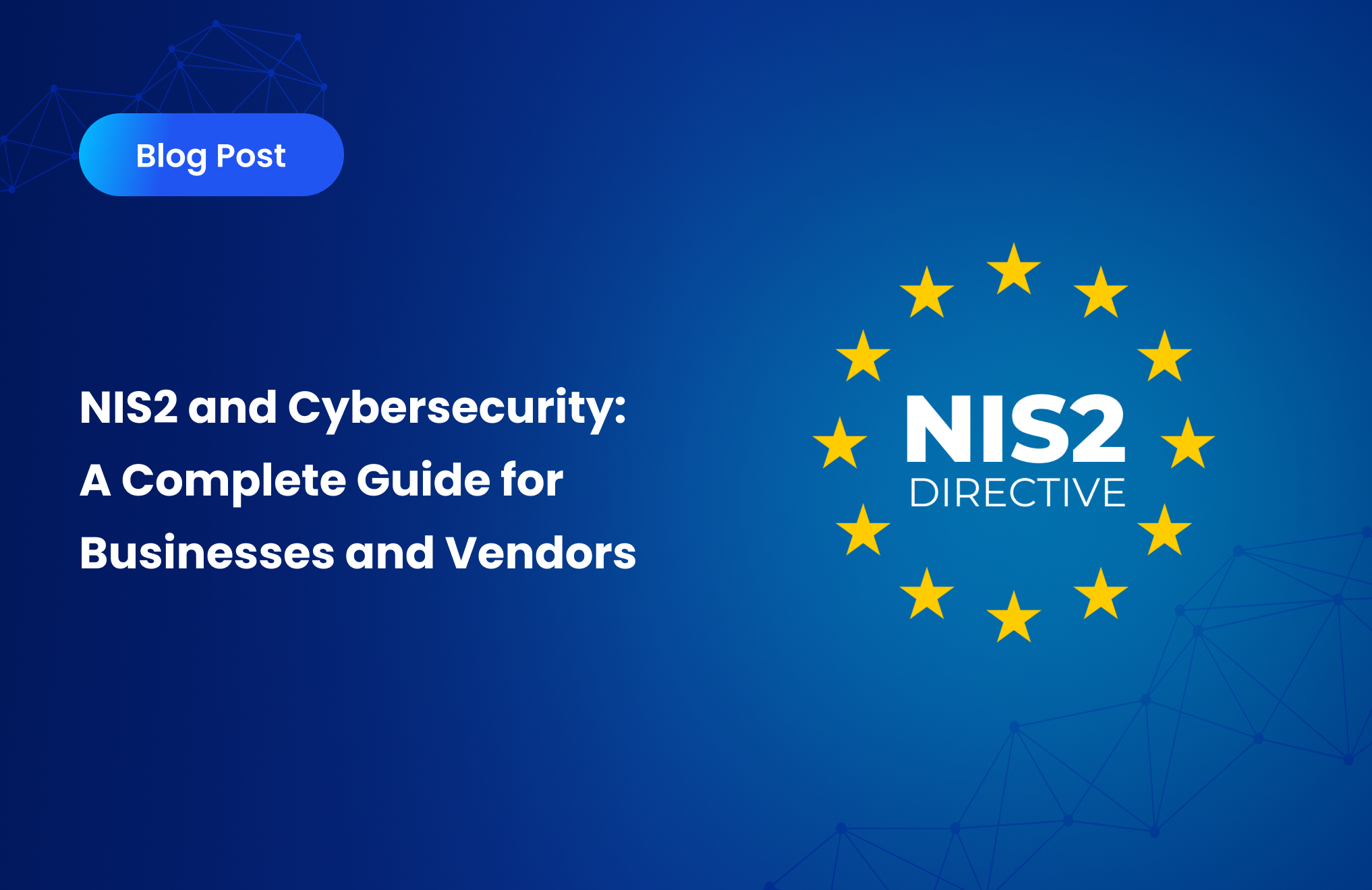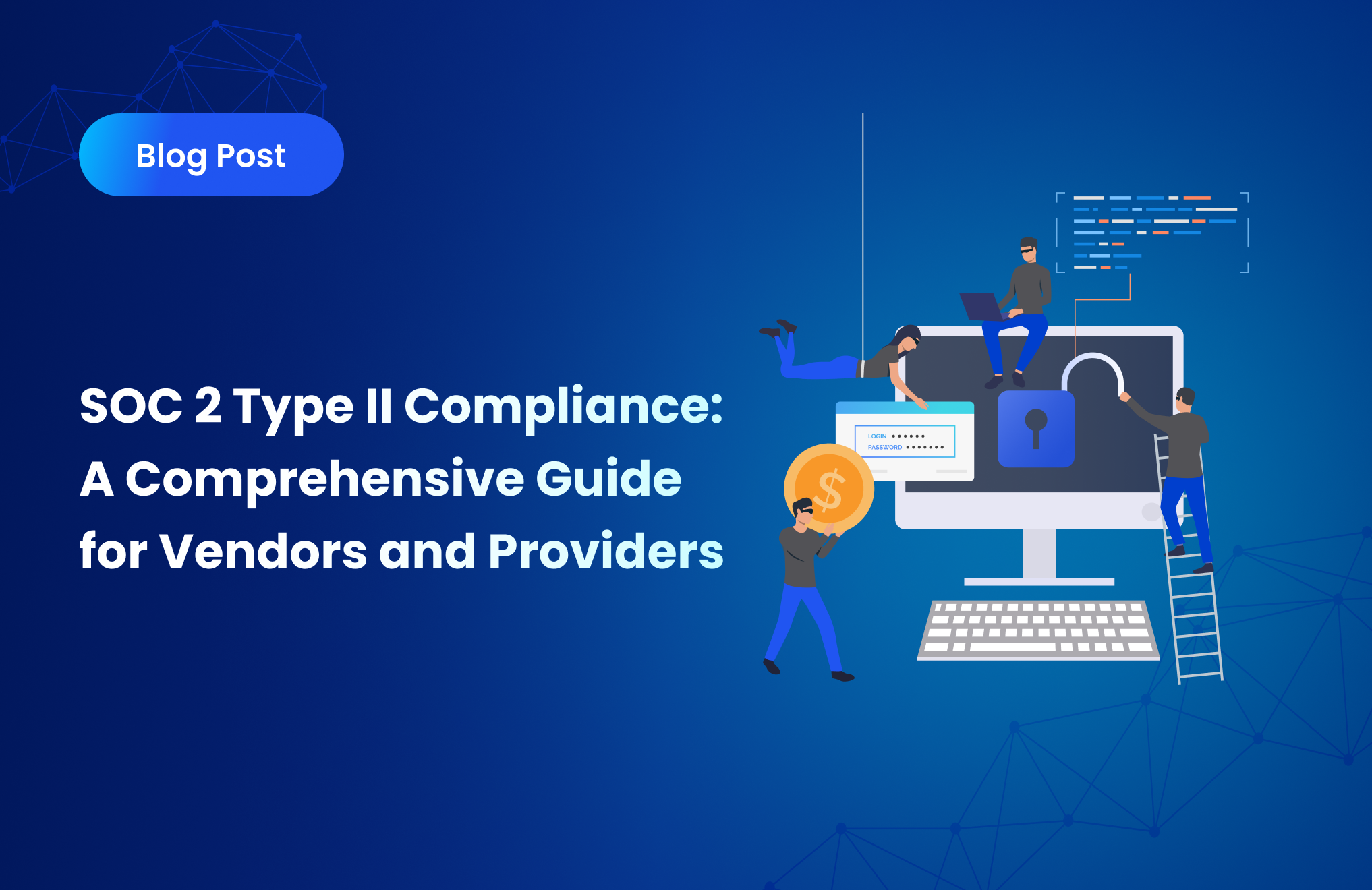HIPAA Compliance

HIPAA Compliance: How to Build a Third-Party Risk Management Framework That Works
In today’s digital healthcare landscape, where cyber threats evolve rapidly and reliance on third-party vendors is the norm, protecting health information is not just a priority—it’s a necessity. Healthcare organizations must ensure that their partners uphold the same high standards for security and compliance that they do internally.
That’s where the NIST SP 800-66r2 framework comes into play. Recently updated to address modern challenges, it offers a practical roadmap to safeguard health data—especially when third parties are involved.
Why a Third-Party Risk Management Framework Is Critical to HIPAA Compliance
HIPAA requires all covered entities and business associates to ensure the confidentiality, integrity, and availability of electronic Protected Health Information (ePHI). This means preventing foreseeable security threats, avoiding unauthorized access or disclosures, and ensuring compliance across the board—from internal teams to external vendors.
The complexity grows exponentially when outside providers—like cloud services, IT vendors, or data processors—become part of the equation. A structured third-party risk management (TPRM) framework is essential to navigate and control this expanding risk surface.
NIST SP 800-66r2: A Practical Guide to Compliance and Security
The NIST SP 800-66r2 framework was designed to help healthcare organizations and their business associates translate the HIPAA Security Rule into actionable safeguards. But the real strength of this framework lies in its ability to guide organizations through a systematic assessment of risks—especially those originating from third-party relationships.
The 7 Key Stages of an Effective HIPAA Risk Assessment
A HIPAA risk assessment isn’t a box-checking exercise—it’s a strategic process that helps uncover, quantify, and address vulnerabilities before they escalate into incidents. Based on the NIST approach, here are the seven key phases to follow:
1. Preparing for the Assessment
Begin by mapping the full lifecycle of ePHI: where it's created, stored, transmitted, and by whom. During vendor onboarding, advanced tools help you:
- Identify all third and fourth parties.
- Visualize digital interdependencies.
- Assess the inherent risk level of each vendor.
2. Identifying Realistic Threats
Continuous monitoring tools can detect emerging threats such as unauthorized access, known data breaches, and ransomware. This is achieved through external intelligence sources like dark web monitoring, threat feeds, sanction lists, and breach databases.
3. Discovering Vulnerabilities
This step involves identifying internal and external weaknesses—through audits, penetration testing, vulnerability scans, or public CVE databases. The goal is to validate internal controls and cross-check them against real-world data for a unified risk view.
4–6. Evaluating Likelihood, Impact, and Risk Levels
Once threats and vulnerabilities are known, the next step is to estimate:
- How likely a threat is to occur.
- What the operational or reputational impact could be.
- The overall risk level (high, medium, low) per vendor.
Interactive heat maps help visualize this data, enabling clear prioritization of mitigation actions.
7. Documentation and Reporting
All findings must be documented in a centralized risk register, ready for audits or regulatory checks. Automated reports, alerts, and remediation suggestions help security teams maintain oversight and accountability.
Vendor Onboarding: Where Risk Management Begins
Effective third-party risk management starts before the contract is signed. During the onboarding process, it’s critical to:
- Assess the vendor’s inherent risk.
- Define the type and sensitivity of data they’ll access.
- Evaluate their financial, reputational, and regulatory standing.
- Determine how critical their services are to your operations.
This allows organizations to assign the right level of due diligence—avoiding both excessive overhead and dangerous blind spots.
Contract Management and Vendor Performance: Compliance in Action
A core pillar of HIPAA compliance is the Business Associate Agreement (BAA). A strong TPRM framework ensures every contract:
- Includes robust security clauses (technical controls, incident response, notifications).
- Defines clear roles and training obligations.
- Covers subcontractors to create an unbroken chain of compliance.
Modern contract lifecycle management (CLM) solutions can:
- Automate contract creation and tracking.
- Monitor versions, deadlines, and KPIs.
- Trigger alerts in case of non-compliance or violations.
Continuous Monitoring: The Heart of Resilience
Continuous monitoring is the engine of a modern TPRM framework. This approach:
- Gathers real-time intelligence on 550,000+ organizations.
- Tracks breach history, financial stability, public reputation, and sanction status.
- Correlates this data with initial risk assessments.
- Flags deviations from acceptable risk thresholds.
Thanks to automated alerts and updates, teams can react proactively and reduce the average time to respond to incidents.
Incident Response: Be Ready, Stay Compliant
No system is immune to risk—but you can minimize the damage. A well-structured incident response plan involving third parties should include:
- Immediate breach notification mechanisms.
- Automated risk impact evaluation.
- Access to incident history for deeper context.
- Predefined, documented remediation steps.
This not only improves security posture but also supports compliance with complete audit trails and ready-to-use reports aligned with HIPAA, NIST, ISO, and more.
Final Thoughts: From Compliance to Strategic Security
Adopting a strong third-party risk management framework is more than a regulatory necessity—it’s a strategic move. It strengthens your organization’s resilience, simplifies regulatory compliance, and reduces overall cybersecurity exposure across your supply chain.
With integrated solutions for onboarding, continuous monitoring, contract management, and incident response, healthcare organizations can confidently implement the NIST SP 800-66r2 guidelines and maintain a security posture that’s robust, transparent, and verifiable.
Ready to Put These Best Practices Into Action?
If you’re exploring how to build a HIPAA-compliant vendor risk management program aligned with NIST standards, book a personalized demo with our team. Discover how to map your vendor ecosystem, monitor third parties in real time, and turn risk management into a competitive advantage.



.svg)
.svg)
.svg)
.svg)



.svg)
.svg)
.svg)
.svg)
.svg)
.svg)
.svg)
.svg)



